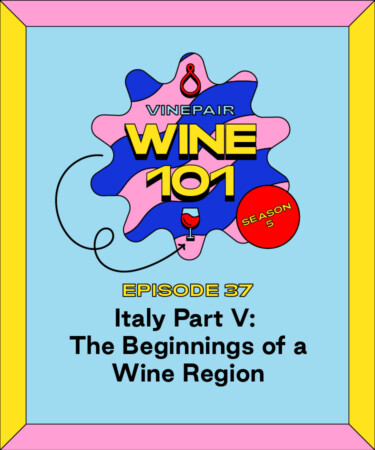In the early 14th century, Italians were the predominant merchants in Europe. Their vineyard plots were often sharecropped with olive trees, grain fields, and the like, giving them a competitive advantage when it came to selling goods. However, the landscape began to shift sometime around the 1340s.
Following several years of unusually low yields on agricultural products, two prominent banking families in Florence went bankrupt. To make matters worse, the Black Death arrived shortly thereafter, cutting Florence’s population in half. But there was a bright spot on the wine front: As demand for grain plummeted following the population decrease, more land in the Chianti hills opened for wine production.
Today on “Wine 101,” Keith discusses how the disastrous events of the 14th century helped winemakers refine their production techniques and eventually allowed Chianti to establish itself as a fine-wine region.
Listen Online
Follow Keith on Instagram @VinePairKeith. Rate and review this podcast wherever you get your podcasts. It really helps get the word out there.
“Wine 101” was produced, recorded, and edited by yours truly, Keith Beavers, at the VinePair headquarters in New York City. I want to give a big old shout-out to co-founders Adam Teeter and Josh Malin for creating VinePair. Big shout-out to Danielle Grinberg, the art director of VinePair, for creating the most awesome logo for this podcast. Also, Darby Cicci for the theme song. And I want to thank the entire VinePair staff for helping me learn something new every day. See you next week.
*Image retrieved from Giambattista via stock.adobe.com
